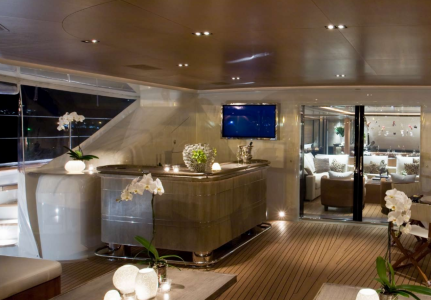[194497]
...
While it was knocked down, the mini tornado would no doubt have been pushing surface water around pretty wildly - it wasn't just lying on its side in a flat calm. And potentially the boat itself was being driven through the water as it lay there too, forcing more water towards the open hatches etc.


